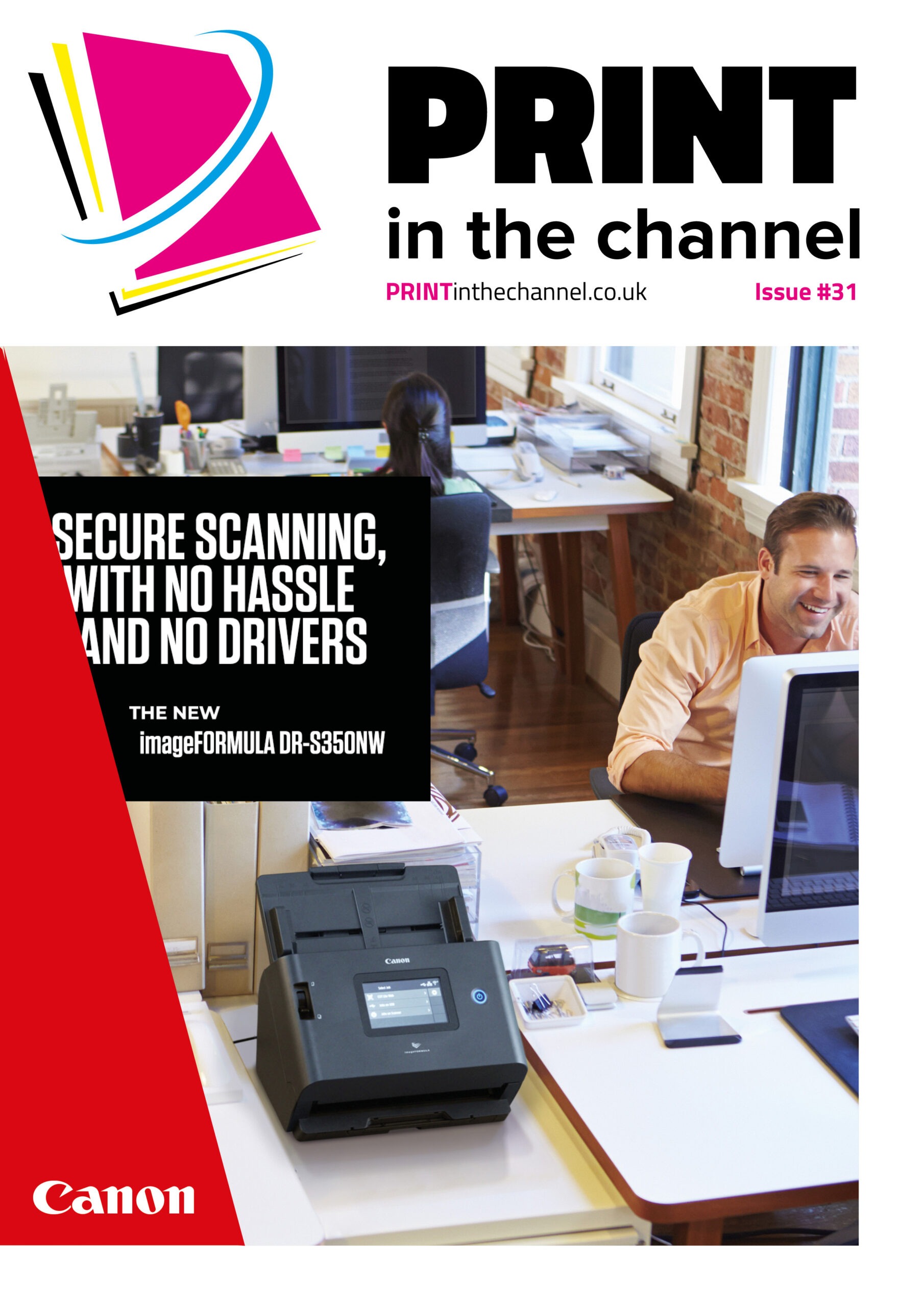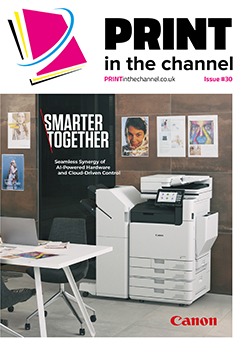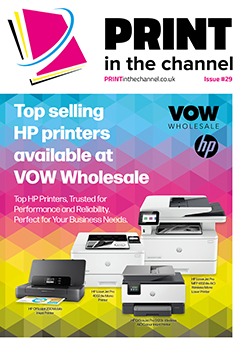Most businesses now expect to use cloud-based print management in the future, as IT continues to change structure away from physical servers, but for many businesses it is a journey they are still on.
Momentum in the cloud print sector continues to grow post-pandemic as many businesses are continuing to migrate their business functions away from physical applications and into the cloud as part of their ongoing digitalisation.
The growth in home and hybrid working over the past two years, which is now becoming the norm for a significant number of employees, has also helped to fuel this momentum in cloud-based print management, and it seems set to continue to grow in the coming years.
Currently, 43% of businesses have implemented a cloud print management platform, with another 37% planning to do so within the next two years, research from Quocirca, published earlier this year, found.
However, Quocirca’s research found that businesses with a fully outsourced managed print service (MPS) were less likely than those using a hybrid MPS approach to have switched to a cloud-based print environment. Indeed, 52% of fully outsourced MPS customers are still operating their print environment fully on premise, compared to only 31% of those that manage the print infrastructure in-house.
There are many reasons for businesses migrating to the cloud but reducing or eliminating the need for physical print servers – and thereby saving energy costs, freeing up office space and reducing environmental impact – is cited by 80% of organisations, according to Quocirca.
Reducing costs
But as James Stacey, solution consultant at ECI Software Solutions, notes, while there are many benefits to cloud-based technology, the significant cost savings these solutions can generate is a big driver for many businesses currently. “This has never been more important given the immense financial pressure many businesses are currently facing,” he says.
“The introduction of cloud-based technology should be a key aspect of any cost reduction strategy and this is always something that we highlight to dealers. By automating day-to-day processes and reducing the amount of time employees spend on administrative tasks and data input, resources can be freed up and focused toward more value add activity. These solutions can reduce errors or oversights, as well as working around the clock for your business.
“Similarly, through the implementation of cloud-based solutions, teams can access core applications from home, without needing to physically go into the office. This has allowed many to either scale back their office space to reduce costs, as well as driving operational efficiencies and most likely, increasing staff retention levels.”
James adds that many companies are implementing print management systems to help reduce waste and the costs associated with printer and copier usage. “Intelligent print management systems, such as ECI’s e-automate, can allow businesses to enforce duplex rules for multi-page documents, significantly reducing paper and ink cartridge usage,” he explains.
“These systems can detect detailed job attributes and then, based on the desired job handling of the organisation, send jobs to more eco-friendly devices, as well as enforcing monochrome or duplex printing. Additionally, the software can hold jobs at the printer until the user is there and requests for them to be released. This prevents the mounds of unclaimed documents that sit in the output tray at the end of the day.
“ECI’s e-automate also allows teams to access their devices from any location, at any time. Should an employee need to access the network of office printers from home, for example, they can simply log-in via a secure connection. Rules and policies can be created to ensure spending is tracked, allowing businesses to more effectively manage costs. Similarly, paper consumption can be monitored and overall electricity consumption is reduced.”
James adds that it is important for dealers to be part of the journey for customers to using cloud technology and be an adviser to them. “Implementing new software is always daunting, no matter where a business is on its digitisation journey,” he says. “With SMEs often facing a number of unique challenges, it’s important for dealers to really understand customers’ aims and objectives from the outset, engaging throughout to ensure the new technology is meeting their needs.”
MPS sector
The move to more cloud-based solutions, along with the transition into a hybrid world has had an evolutionary effect on the MPS sector, creating huge opportunities for digital services and new workforce solutions, says Neil Macdonald, head of channel UK & Ireland, HP Inc. “Clients are now not only looking into the right device for the right location, but additionally want to ensure they have the right service.
“Many businesses saw immediate benefits from switching over to flexible, cloud-based solutions like HP Managed Print Cloud Services or HP Managed Print Flex, which are both cloud-first and easy-to-scale solutions designed for customers with hybrid workforces. Cloud-based solutions have proved themselves to be a great way for businesses to save time and money; HP Managed Print Flex automatically adjusts pricing month to month based on customers’ actual print volumes, ensuring they always receive the lowest cost option and gives access to the HP Roam mobile print network which allows workers to print from almost anywhere.
“These solutions boost productivity by making it easier for their teams to organise and deliver documents, centralising fleet management and automating print security – saving time, cutting costs, and improving the user experience.”
Further opportunities
Neil sees no sign of the demand for cloud and digital solutions abating in the coming years – and this will present further opportunities for manufacturers and dealers. “People are finding that digital technologies suit their needs in a hybrid world better than expected, and so a preference for digital-first interactions is likely to dominate in the years to come,” he says.
“While services have long been a part of our strategy, the opportunity today is fundamentally different than it was before the pandemic – the market is bigger, growth is accelerating, and the role we can play is greater than ever before. For example, the vast majority of global IT leaders expect to heavily invest in security software this year in anticipation of the continuation of hybrid work.
“For channel partners, this means that products offering seamless built-in protection, like HP’s Wolf Security, will increasingly become a market expectation to ensure always-on defence for re









